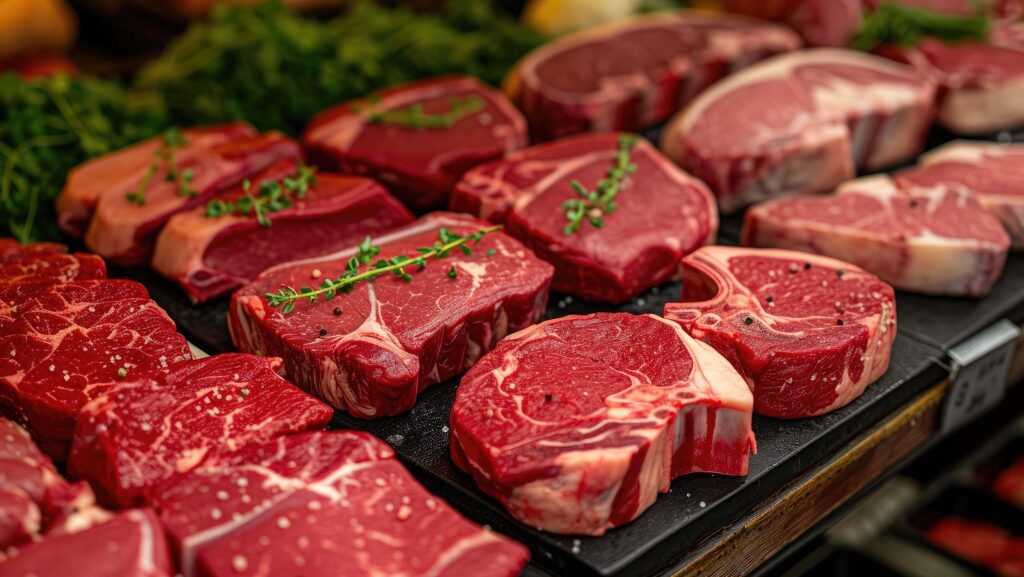QMS defends role of red meat in children’s diets
 © Adobe Stock
© Adobe Stock Quality Meat Scotland (QMS) has emphasised the importance of including red meat as part of a balanced diet for children, following a report that suggested a reduction is necessary to lower greenhouse gas emissions.
Food Standards Scotland (FSS) and the University of Edinburgh recommend replacing red meat and dairy with pulses, legumes, eggs, oily fish, and plant-based substitutes to meet the Scottish Dietary Goals, reduce the risks of nutrient deficiency, and achieve climate targets.
It also emphasises that although 90% of children consume meat and 99.6% consume dairy, significant improvements are needed in the diets of children and young people.
See also: New EAT-Lancet report slammed for targeting livestock
QMS chief executive Sarah Miller welcomed the findings, supporting FSS’s proportionate approach, which acknowledged limited environmental gains from children and young people reducing meat consumption.
“Given that significant improvements are needed to the overall diets of children and young people, we also support the emphasis on carefully balancing any future dietary changes to avoid worsening existing health and nutrition insufficiencies,” she said.
Red meat, she added, is a rich and bioavailable source of key nutrients needed for optimal health, including iron and selenium for immune function, B vitamins for energy, zinc for children’s growth and vitamin D for bone density.
Alana McDonald, senior public health nutritionist at Food Standards Scotland, also acknowledged that meat and dairy are sources of several micronutrients for children and young people, especially for those in their teenage years who are “already at risk of low intakes of calcium, iodine and zinc”.
“While we support efforts to reduce greenhouse gas emissions, it’s vital that dietary changes are made to bring our diets closer to the Eatwell Guide – improving both nutritional health and reducing the greenhouse gas emissions associated with food,” she said.
